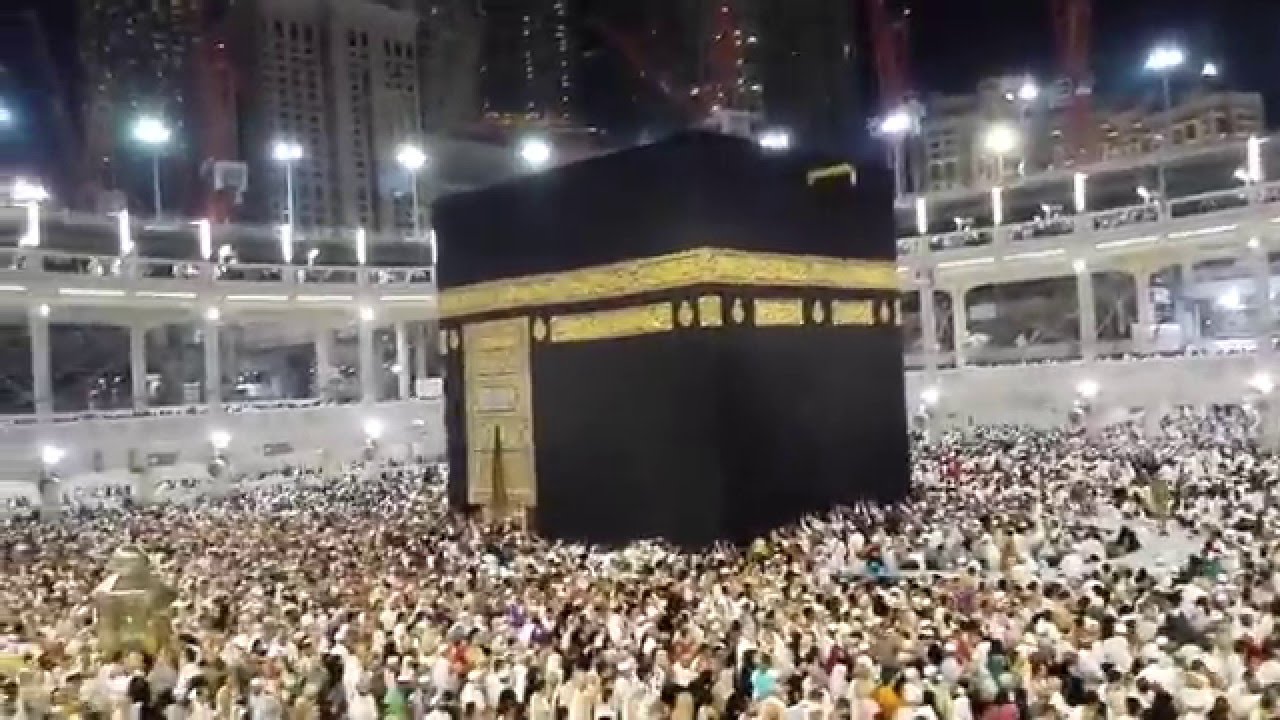Dars e Imam-3 10 20 40 days
“Bismillahir Rahmannir Raheem””Al-Hamdu Lillaahi Rabbil ‘Aalameen was Salaatu was- Salaamu ‘Alaa Sayidinaa Muhammadin wa Aalihi wa Asabihi Ajma ‘een (tauheed- risalat- ahkirat and islam-iman-ihsan)
Rule – Food of the Fatiha for the deceased should be fed to the poor and needy only. Alahazrat Imam Ahmad Raza Khan (ra)has written a complete treatise on this topic {Jaliyus-Saut lin-Nahyid-awaat anil-Mayyit). In fact, those who have witnessed it bare testimony that Alahazrat (ra)himself never took paan or used the bulla of the bereaved home he visited. In his will (wasaya), he wrote, ”The food of my Fatiha should strictly be given to the needy and poor.”
It has been narrated that Huzoor Ghause-Azam (ra)persistently commemorated the Baarawi (12th) of the Holy Prophet ﷺ {i.e. Meelad Sharif). Once, Rasoolullah ﷺ said to him in a dream, “Abdul-Qadir! You have constantly remembered me through the Baarawi, I grant you the Gyarwee {i.e. people will remember you through it),” – Yaazda Majlis
There is wisdom in fixing the third day for Teeja (3rd Day) as well. On the first day, people are occupied with the Janaazah and burial procedures and leave the second day free to rest. On the third, they generally congregate and recite Fatiha, Qui Sharif, etc. (the last day for offering condolences. It is prohibited after this except for those who are far and distant). Alamghiri states, “The time for consoling and offering one’s condolences is from the time of death until 3 days after. Beyond this is Makrooh except if the person beinng consoled, or the person who offers his condolences, is absent at this time.” .28- Kitaabul-Janaaiz, Baabud-Dafn .People used to come for offering condolences (taziyat) until this 3rd day and not after. So, they used to make some Isaal-e-Thawaab at this occasion. Also, foreign families and friends become part of the Fatiha through this practice because a traveler generally reaches his home or destination on the third day.
The reason behind 40 days, 1 year, etc. is that Muslims want to convey thawaab to the deceased throughout the year at different times. After death, the heart of the deceased originally lingers with his friends and family and thereafter slowly detaches itself from them. When the Nikah of a girl is made and she is sent to her in-laws, she is lovingly called and given gifts, etc, Then as time goes by, these acts decrease because, in the beginning, she had no attachment to her in-laws’ borne.
The source for this is also found in the Ahadith. After burial, we should stand at the graveside for a little while and assist the deceased through Isaal-eThawaab and Talqeen. Hadrat Amr ibn A’as (ra)stated in his will, “After burying me, stand for a while at my grave so that my heart becomes familiar through you and I may answer the Nakeerain (two angels of the grave).” These are his words, “ثم اقیموا حول قبری حتی استانس بکم و اعلم ما ذا ار اجع رسل ربی” – Mishkaat, BaabudDafn .This is why lsaal-e-Thawaab is made for him as soon as possible. Under the ayat, 84/18“القمر اذا اتسق” 10.29 Shah Abdul-Azeez (ra)states, “At the first stage of demise (i.e. at the time of the soul leaving the body), there remains an effect of the past life and a bond with one’s body and close ones. It is as if this time is Barzakh (having a connection with this life and death). In this state, the help of the living quickly reaches the dead and the latter wait eagerly for their aid. Dua, charity, Fatiha, etc are all very beneficial at this time, This is why all people try hard to render this assistance until a year and especially on the 40th day after death,” – Tafseer Azeezia
The living also undergo the same condition, At first there is much grief but, with the passing of time, the sadness lessons, Thus, the intent is to give charity (Sadaqah) throughout the entire year on every half Barsi should be made on the completion of a year, followed by the half of this (i.e. 6 months), then 3 months and thereafter on 45 days, which is half of 3 months, Fatiha on the 4Oth day has been fixed instead because this number aids in spiritual and physical development. What kind of development is caused by this number 40? The mould of Hadrat Adam (as)remained in one condition for 40 years, a baby remains in the womb of the mother for 40 days as semen, then it becomes a blood-clot for 40 days and thereafter remains a mass of flesh for 40 days, – Mishkaat, Baabul-Imaan bil Qadr .After childbirth, a mother experiences Nifaas (the flowing of blood) for 40 days, the intellect is matured at the age of 40 and it is for this reason that the majority of Prophets were commanded to propagate their message after having reached 40 years of age, The Sufiya-Kiraam train themselves in wazifas for 40 days and thereafter experience spiritual development. Hadrat Musa (as) was ordered to come to the mountain of Tur and perform I’tikaaf for 40 days, After that, he received the Torah, “و اذ و اعدنا موسی اربعین لیلۃ” –2/51 .Baihaqi narrates that Hadrat Anas (ra)states, “ان الانبیائ لا یترکون فی قبورھم اربعین لیلۃ و لکنھم یصلون بین یدی اللہ حتی ینفغ فی الصور” – With reference to Anwaar-e-Saaria, Discussion on Chellum .Zarqaani, the Sharah of Mawaahib, reports the meaning of this Hadith in the following manner, “The souls of the Prophets have a major connection with their buried bodies for 40 days. After this, they make ibaadat in Allah’s (swt)presence and, in the form of physical bodies, go wherever they wish.” It is also famous amongst the masses that the soul of the deceased remains attached to his home for 40 days, It is possible for this to have a legitimate source and proves that there is change with the number 40, As a result, it is appropriate for Fatiha to be made on the 40th day, a practice not even prohibited by Shariah.
Lovers of jannat/heaven =don’t like duniya and lovers of Allah =don’t like jannat/heaven
ishq=not dependent on result and intellect =depent on result
When I want to talk to allah I say prayers and when I want that he talk to me I recite quran- Hazrath Ali(ra)
Make sure you forward this to others .


